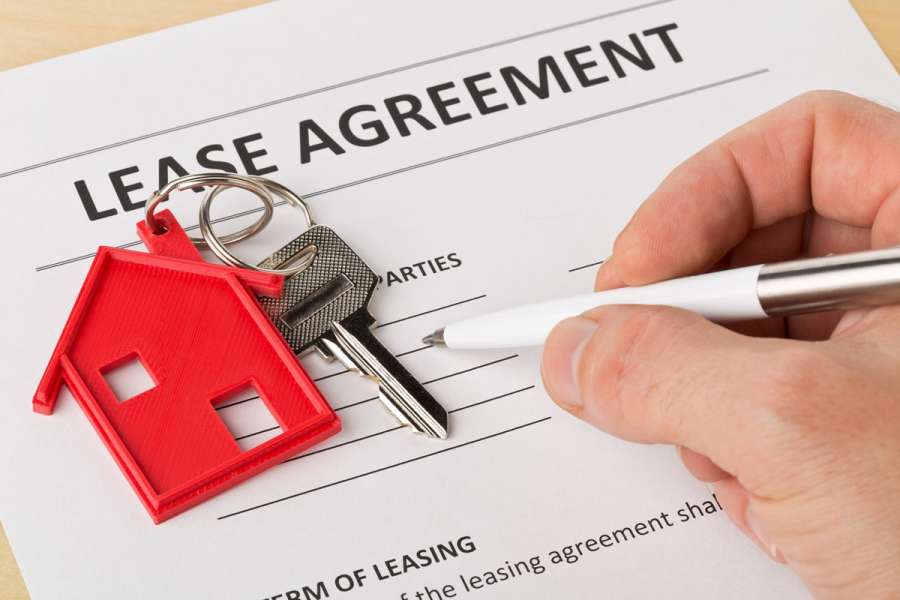What is a sublease?
A sublease is when a tenant of an existing lease (the “superior lease”) grants another lease below their own.
The term of the sublease cannot be longer than the term of the superior lease. A sublease is the same as an underlease.
To sublet, you must check whether your lease allows them to grant subleases.
Most commercial leases permit the tenant to do this but on the condition that they obtain the landlord’s prior consent.
There are often other conditions to subletting, for example, that the sublease must be excluded from the security of tenure (i.e. the subtenant will not have a statutory right to renew the sublease at the end of the term) and the rent for the sublease must be not less than the open market value.
The landlord’s consent to the sublease is normally formalised in a licence to sublet.
The tenant is usually only permitted to sublet the whole property, but sometimes, they can sublet a permitted part.
Myerson's Commercial Property team explore the advantages and disadvantages of subleasing a property.
For example, if the lease is for two floors in a building, the tenant may be allowed to sublet only one.




